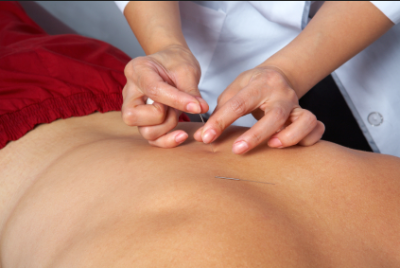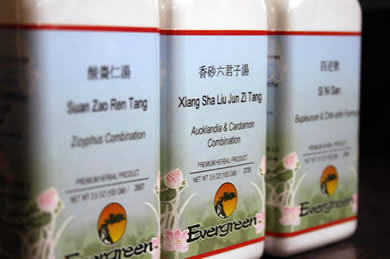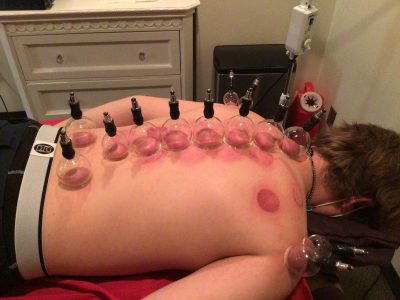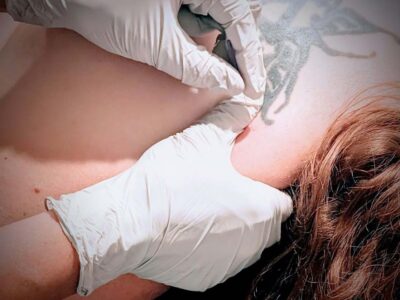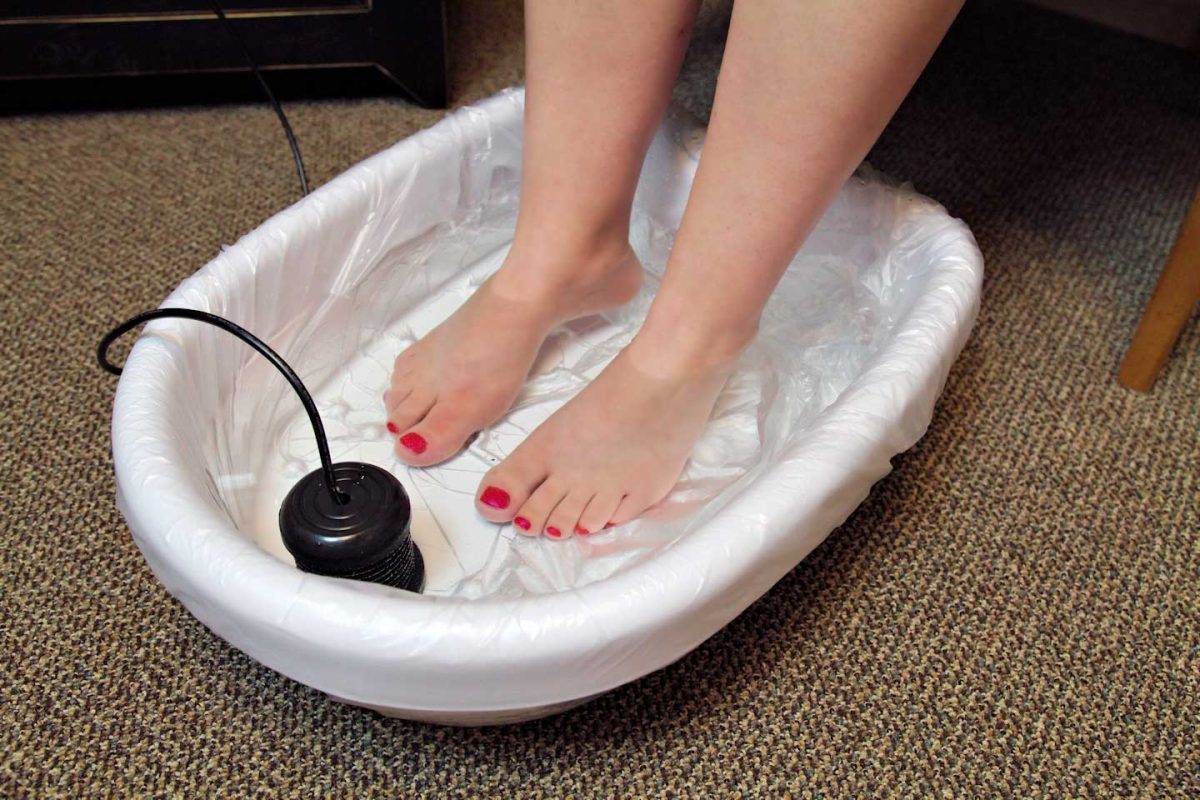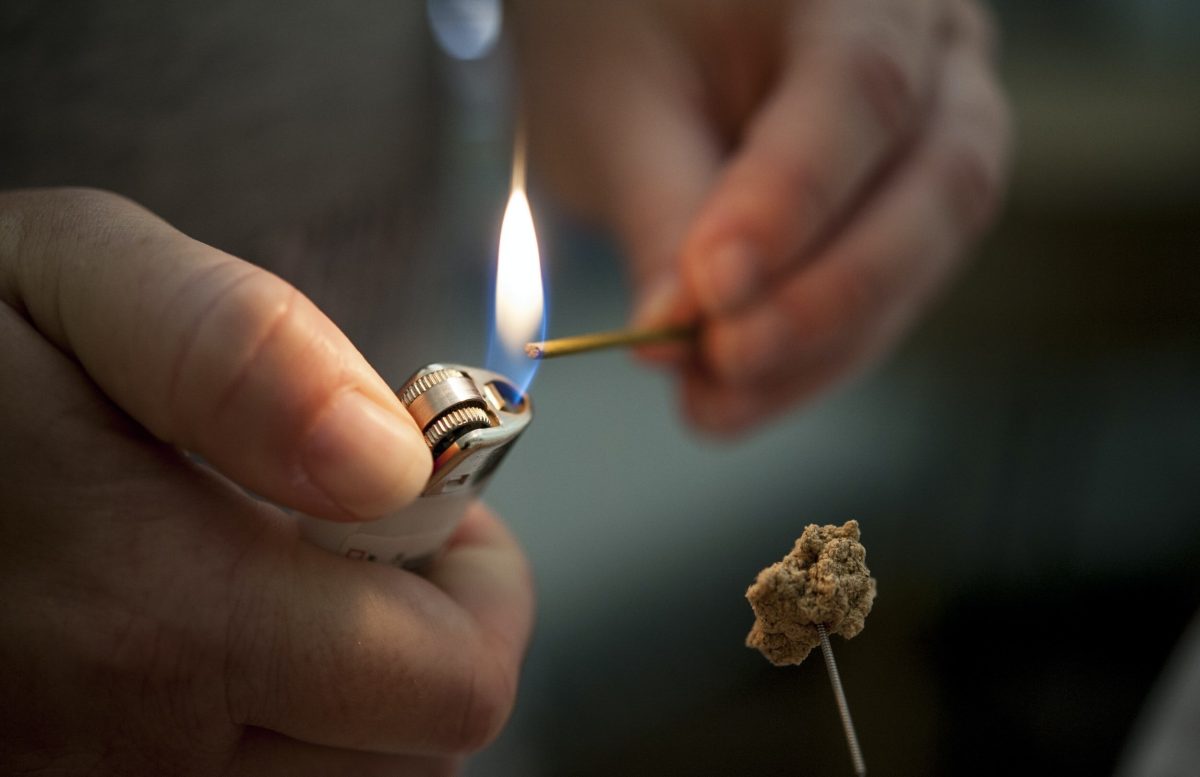Gua Sha
Gua Sha is healing technique used throughout Asia. Gua means to rub or friction. Sha means sand is the term used to describe congestion of blood at the surface of the body. When friction is applied in repeated even strokes, the sha surfaces get small red petechiae (red spots). In minutes the petechiae fade into echymotic (bruised) patches. The sha disappears in two to four days. The color and rate of fading are both diagnostic and prognostic indicators.
The benefits of Gua Sha are numerous. It moves stuck blood, promoting normal circulation to the muscles, tissues, and organs directly beneath the surface treated. The patient experiences immediate changes in stiffness, pain and mobility. Normal metabolic processes are restored by the movement of fluids as nutrients are carried to the tissues and metabolic wastes are carried away. Because Gua Sha mimics sweating, it resolves fever.
Gua Sha cools the patient who is overheated, warms the patient who is chilled, nourishes the patient who is deficient, and clears the patient who is excess. Gua Sha is therefore considered an adaptogenic technique.
A care provider considers Gua Sha in any case of pain or discomfort, for upper respiratory or digestive problems, and for any condition where palpation indicates there is sha.
After Gua Sha, the patient is instructed to cover the area, avoiding wind and exposure to the sun or sudden change in temperature. Stretching is recommended but patients are advised to avoid any type of heavy workout on the day of treatment.
Gua Sha is not appropriate for people with clotting disorders or on blood thinners.
Other Services
